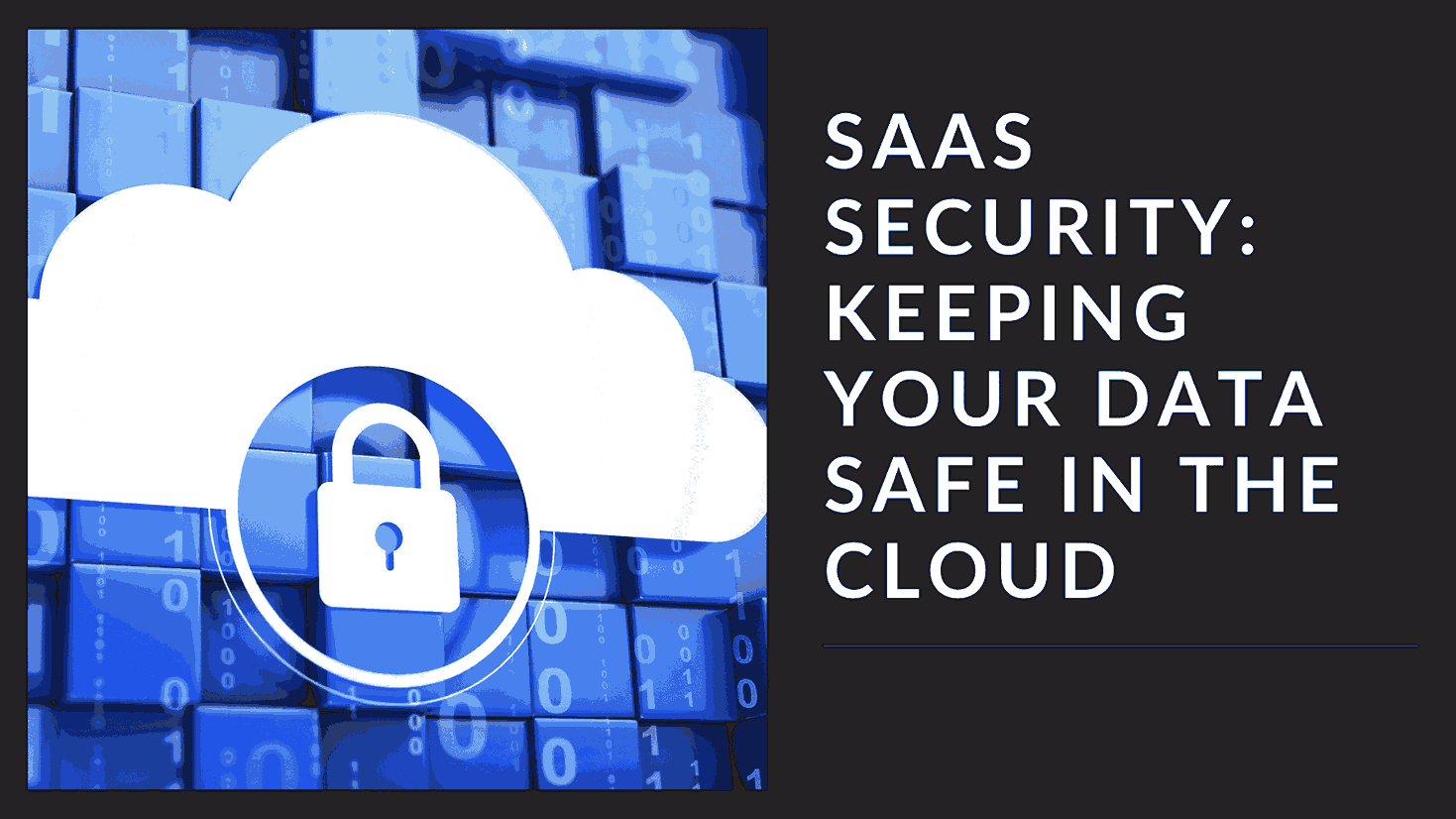SaaS Security: Keeping Your Data Safe in the Cloud


SaaS Security: Keeping Your Data Safe in the Cloud
The year 2022 was less than kind to SaaS security. High-profile breaches at Microsoft, Okta, and HubSpot highlighted the pressing need for robust safeguards in the world of Software-as-a-Service. The meteoric rise of SaaS, with its $165.9 billion global market in 2021, shows no signs of slowing down. Yet, businesses must grapple with security concerns when entrusting their data to third-party servers.
In this article, we’ll delve into the world of SaaS security, exploring its importance and key considerations when adopting SaaS solutions to balance rewards and risks.
Tackling Data and Application Security: SaaS Edition
Security in SaaS revolves around mitigating risks associated with entrusting data to third-party vendors. The core issue is ceding control over data assets, including sensitive information, to entities with potentially less stringent security practices.
So, who bears the responsibility for SaaS security—providers or users? In truth, it’s a shared responsibility that hinges on the service type and provider’s approach.
SaaS Cybersecurity: 4 Key Issues
- Identity and Access Management: Employee vulnerabilities can introduce security risks, emphasizing the need for robust access controls and security measures.
- Regulatory Compliance: Ensuring compliance with data protection regulations like GDPR and HIPAA is a critical concern, with doubts often surrounding whether SaaS providers genuinely meet these requirements.
- Data Protection: Employing data encryption measures is paramount, both at rest and in transit, to prevent data breaches.
- Misconfigurations: Complex, customized SaaS applications are susceptible to misconfigurations, leading to costly breaches.
SaaS Cloud Security Checklist: 6 Best Practices
- Check for Recommendations: Seek guidance from cybersecurity authorities such as the NCSC for comprehensive cloud security assessments.
- Review Data Access Controls: Ensure the provider doesn’t have access to your data and scrutinize their security documentation.
- Map Data Flow and Security: Assess what data you’re exchanging and scrutinize the provider’s security posture, including encryption methods and security practices.
- Legal Review for Compliance: Confirm compliance with relevant data protection laws and industry standards, and establish data residency.
- Compliance with International Standards: Check for ISO 27000 and SOC2 certifications to enhance confidence in your provider’s security measures.
- Security Audit: Conduct a cybersecurity audit to identify vulnerabilities and evaluate user-friendliness.
SaaS Encryption: E2EE for Enhanced Security
End-to-end encryption (E2EE) offers superior security, preventing unauthorized access, aiding compliance, and eliminating breach notification requirements.
Tresorit: A Secure SaaS Solution
Tresorit is an E2EE cloud storage and collaboration platform that empowers businesses to exchange files securely, prevent data breaches, limit access, and ensure data confidentiality.
When it comes to SaaS security, your data’s safety is paramount. Choose secure solutions to protect your valuable assets in the cloud.
For further insights, you can also refer to the following resources:
- Business Tech Weekly – SaaS Data Security
- STL Digital Tech – SaaS Security: Keeping Your Data Safe in the Cloud
- Paddle – SaaS Security Resources
- Tresorit – SaaS Security Checklist: 6 Steps to Stay Productive and Safe in the Cloud
In conclusion, keeping your data safe in the cloud is crucial for the security of your business. Subscribed.FYI offers a comprehensive platform for freelancers and small teams to understand, compare, and manage their SaaS stack, making it easier to make informed decisions about SaaS tools. With Subscribed.FYI Deals, you can unlock member-only deals and save big on over 100 SaaS tools, helping you manage all subscriptions in one place and keep track of expenses. By simplifying decision-making and enhancing productivity, Subscribed.FYI equips users with the ability to effectively navigate the complexities of SaaS tools and expenses, making it a valuable resource for anyone concerned about SaaS security.
If you’re interested in exploring the SaaS tools mentioned in this article, visit the official websites below:
Remember to always prioritize the security of your data when choosing SaaS tools for your business.
https://www.youtube.com/watch?v=IhA1V7Jlbwk&pp=ygUyU2FhUyBTZWN1cml0eTogS2VlcGluZyBZb3VyIERhdGEgU2FmZSBpbiB0aGUgQ2xvdWQ%3D





